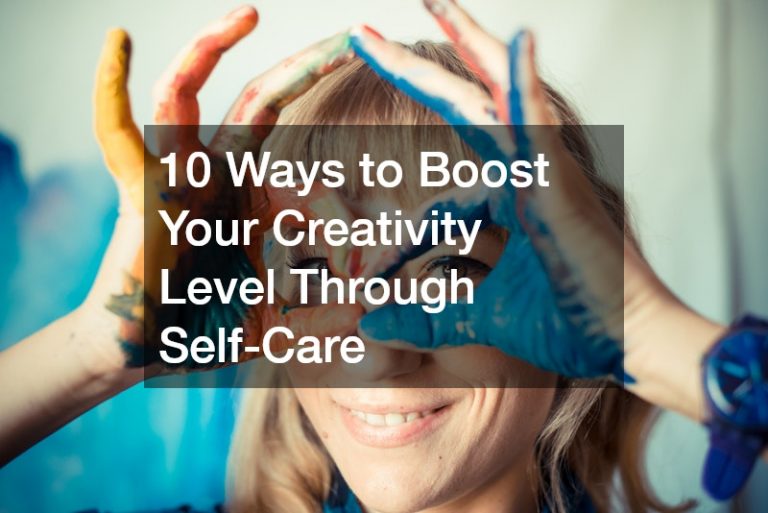As consumers shift from watching television to relying on the Internet for entertainment—and pretty much everything else—brands scramble to keep up. Marketing efforts have moved from merely traditional means to digital means, where companies invest to put their products out online.
The rise of social media and the increasing hours’ consumers spend online make investing in digital advertising the next logical step. From having their corporate films professionally made for TV, businesses are now paying for influencers to talk about their brands to a similarly large audience online.
Now the next big thing in marketing, here’s a quick guide through influencer marketing to help with your advertising efforts:
The What, Who, and Why of Influencer Marketing
First and foremost, influencer marketing is a form of collaboration. Businesses work together with an influencer to promote their products, services, or even their campaigns. Celebrity endorsements were the predecessor of influencer marketing.
Influencer marketing is an effective advertising strategy that allows you to increase brand awareness, expand your online reach, and build your online reputation by letting influencers advocate for your brand. Studies reveal that 94% of marketers from different industries deem this strategy successful.
It is a strategy that uses individuals with a sizable following to help brands market their products. Businesses choose existing communities with engaged followers in various platforms. Today, influencers are mostly bloggers, vloggers, Instagram personalities, and YouTube artists.
Not everyone can be an influencer. Aside from the broad following, influencers are also seen as specialists in their field. They can be makeup gurus, fitness trainers, or amateur photographers. This is why they have a large following in the first place—their statements hold credibility.
Businesses tap the help of these influencers to do product placements within their content. Sometimes it’s marketed outright; other times the influencer uses the product themselves, talking about how effective it was to their followers.
Future Trends for Influencer Marketing

According to a recent global study involving more than 2,500 influencers, 75% of them ranked Instagram as their top platform. Instagram might be at the top now, but marketers are observing emerging platforms such as Twitch and TikTok.
These platforms have fast-growing user-bases, usually tending to younger audiences. The potential for wide reach and an even broader following is monumental. Currently, TikTok already has 500 million monthly active users.
The year 2020 onwards, experts are seeing an upward trend in microinfluencers. They may not have the massive following of a usual social media influencer, but that doesn’t mean they can’t be as powerful. Microinfluencers cater to niche audiences that might just be in line with your target consumer.
Working in a niche industry, their engagement rates can be exceptionally higher than a regular influencer. Not only do they create and manage their own content, but they are also a lot more cost-effective than the big shots.
In today’s digital sphere, content creators on social media platforms with niche audiences offer more value to brands. As consumers pay more attention to online content, so will businesses. Marketing strategies will be shaped around, which will garner the most attention for the least amount of money.



